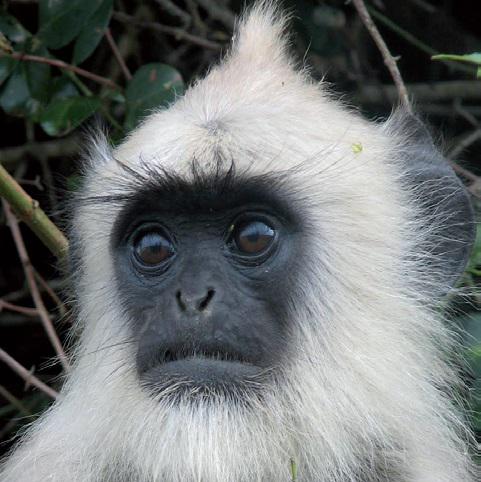H S Sushma
The project mainly aims to systematically survey the lion-tailed macaque population in Kalakad-Mundanthurai Tiger Reserve and develop a long term population monitoring programme involving the local forest department personnel.

The lion-tailed macaque (Macaca silenus) is an endangered primate species endemic to the evergreen forests of the Western Ghats of India. Its present distribution ranges from Agasthyamalai region at the southern extremity of the Western Ghats to a few kilometres north of the Sharavati river in Karnataka with a range of occupancy of only about 2500 km2. The lion-tailed macaque (LTM) has been classified as endangered (IUCN, 2007) and has also been categorized as Schedule I species under the Wildlife (Protection) Act of India.

Three major factors — habitat loss, fragmentation and hunting, have caused the species to survive in several small isolated sub-populations. Today, about 3500 LTMs survive in 49 sub-populations spread over eight locations. In its entire distributional range there are very few places which have large contiguous population of the lion-tailed macaque in relatively undisturbed forest tracts. The prospects of conserving this rare macaque species depends on identifying such large populations, where sufficient protection is afforded to them and their fragile habitats.
Despite its endangered status and numerous studies on this species, there is still a paucity of information regarding its current population status and distribution in quite a few parts of its range. Kalakad-Mundanthurai Tiger Reserve (KMTR) in Tamil Nadu at the southern extremity of the Ghats, is one such site which is expected to harbour one of the last few remaining large populations of the lion-tailed macaque. KMTR along with neighbouring wildlife sanctuaries in Kerala form the Agasthyamalai hill range. This region is known for its high endemism and floristic diversity in the entire Western Ghats and has a contiguous stretch of about 440 km2 of undisturbed mid-elevation evergreen forests, while most areas in the Western Ghats have been fragmented due to developmental projects and plantations. Ironically there has been no systematic population assessment of LTM in KMTR in the last 30 years. Reassessment of this population is therefore urgently required.
The main aim of the project is to systematically assess the status and distribution of the lion-tailed macaque so as to establish baseline information about this population. The project also aims to develop and introduce a long term population monitoring programme involving the local forest department personnel in order to track changes in this population.